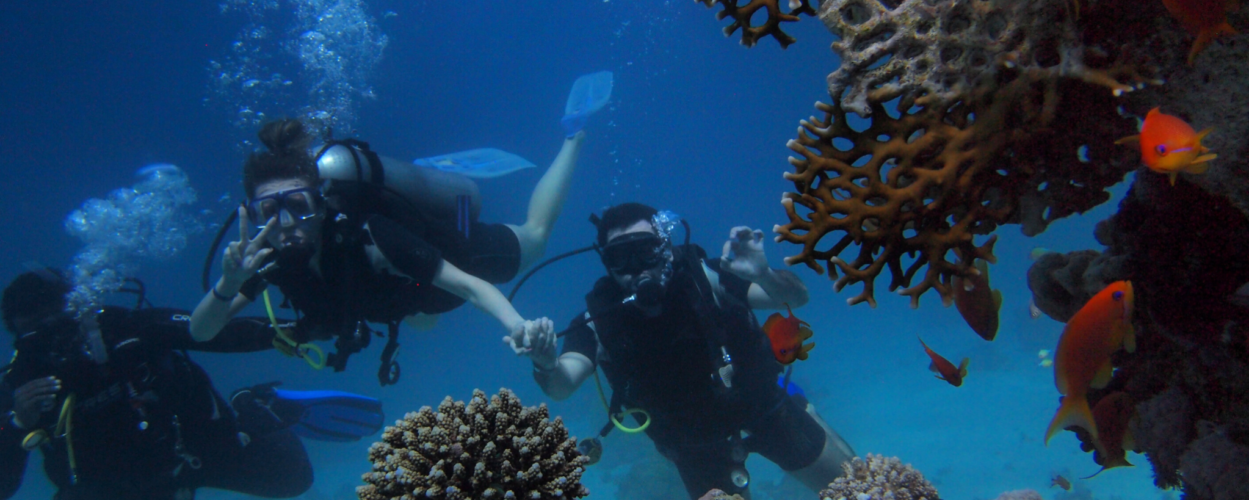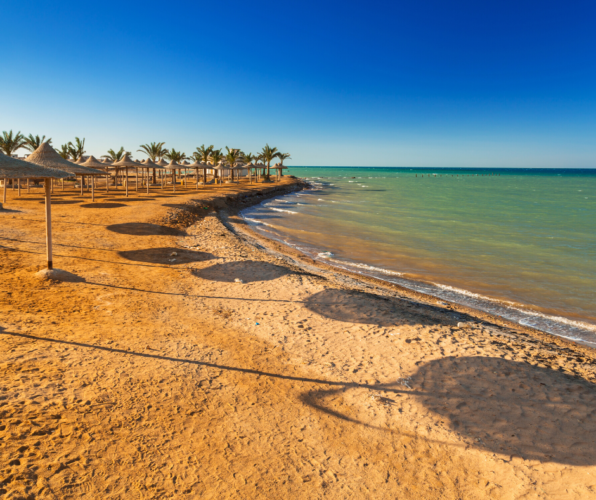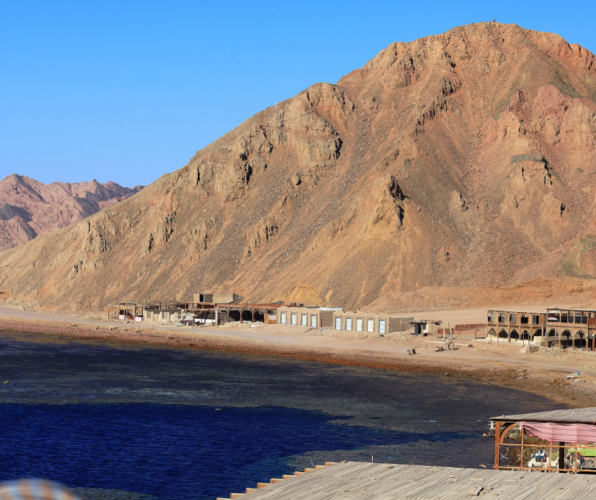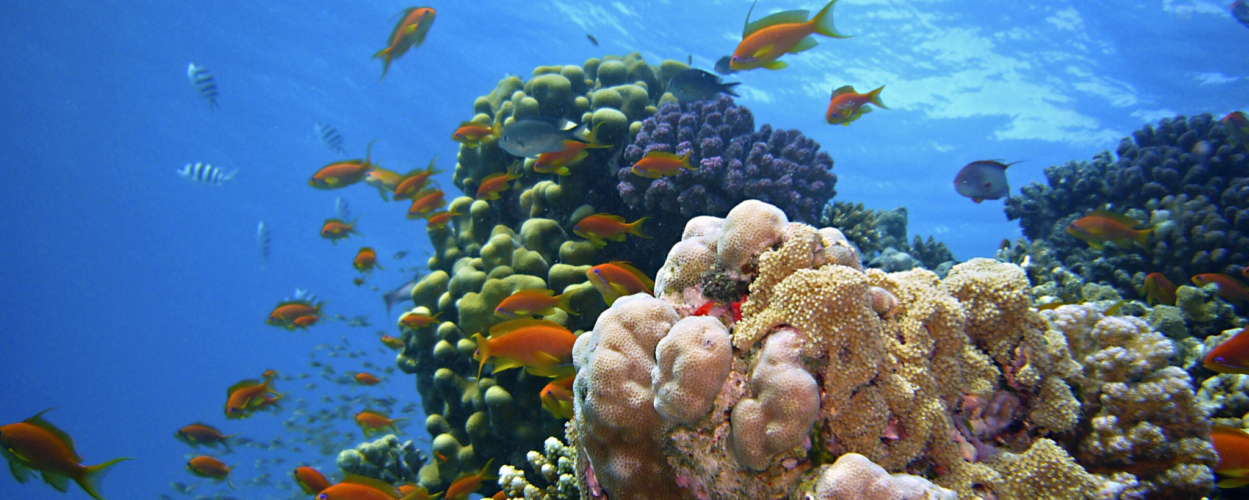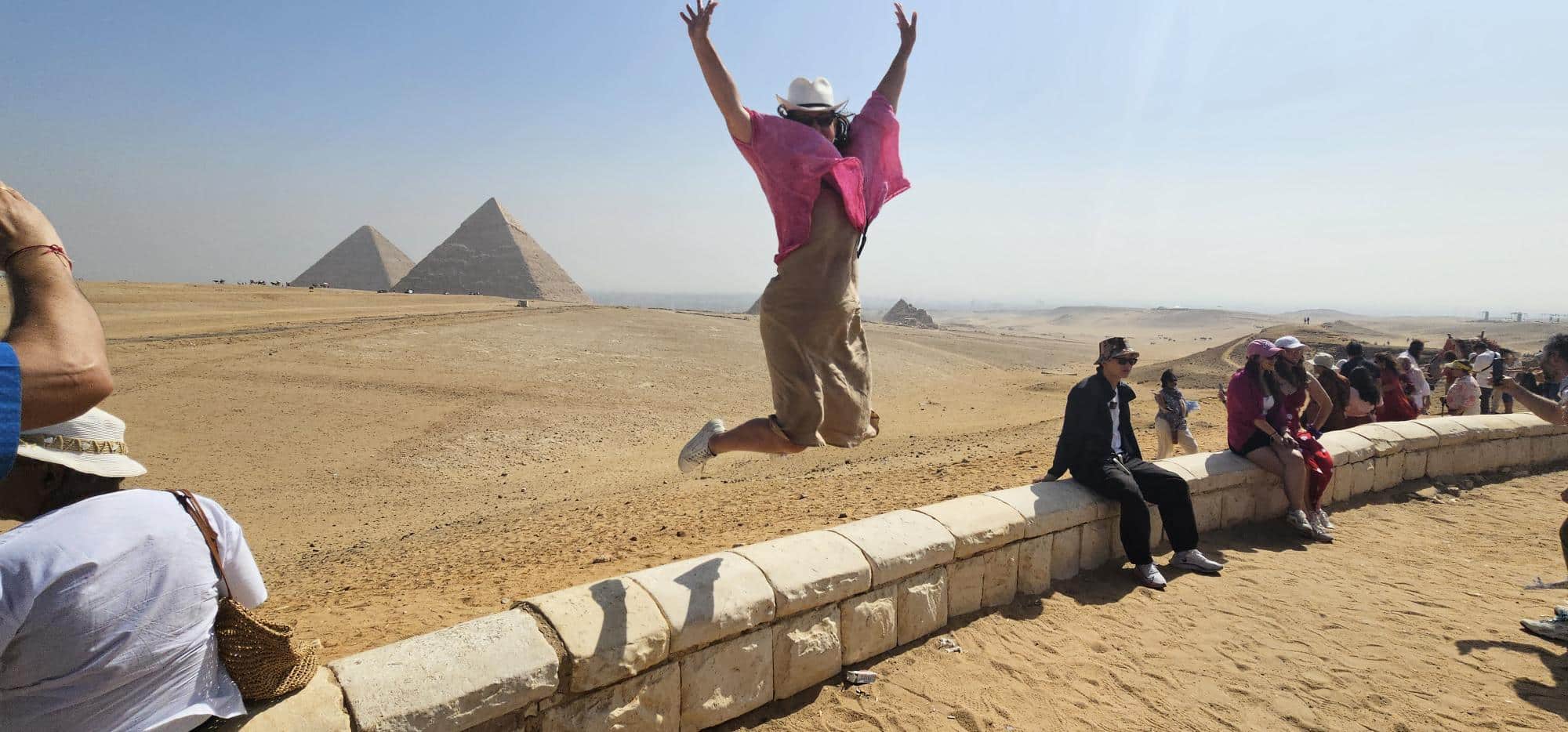Wildlife in Egypt: What to expect
Unique species
Despite its arid climate, Egypt is home to several unique and fascinating animals. The Dorcas gazelle, a graceful and resilient species, survives in the harsh desert landscape, feeding on sparse vegetation. The fennec fox, known for its oversized ears, is well-adapted to the extreme temperatures of the desert. In the rugged mountains of the Sinai Peninsula, the Nubian ibex, a species of wild goat with striking curved horns, can still be spotted navigating the steep cliffs.
Other notable desert species include the Egyptian hare, two types of jerboa (small rodents with powerful hind legs for jumping), and the Egyptian jackal (Canis lupaster), a canid that has adapted to life in arid regions. The hyrax, a small, rock-dwelling mammal, can also be found in the Sinai Mountains
Birds and aquatic life
The Red Sea is one of the world’s most biodiverse marine ecosystems, home to over 300 species of coral and 2,100 species of fish, 10% of which are found nowhere else. Marine life includes vibrant reef fish, manta rays, several species of shark, and sea turtles. Spinner dolphins are a highlight for visitors, while the elusive dugong still inhabits the seagrass beds of Egypt’s coastal waters.
Endangered wildlife
Something different
For those looking for a unique wildlife experience, Egypt offers the opportunity to explore its desert landscapes on the back of a camel, an animal deeply tied to the country’s culture and history. Additionally, the protected marine parks of the Red Sea, such as Ras Mohammed National Park, offer some of the best snorkelling and diving opportunities in the world, allowing visitors to witness thriving underwater ecosystems firsthand.
While Egypt may not have the traditional safari experience of other African nations, its deserts, mountains, and oceans hold an abundance of wildlife waiting to be discovered. From the hidden creatures of the dunes to the vibrant marine life beneath the waves, Egypt’s wildlife offers a unique and fascinating adventure.
If these wildlife species of Egypt impress you and you’re dreaming of a holiday in Egypt we’d love to help. Please do reach out via telephone or email.
Get in touch

